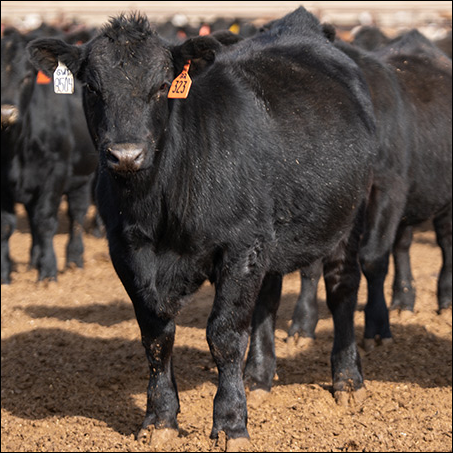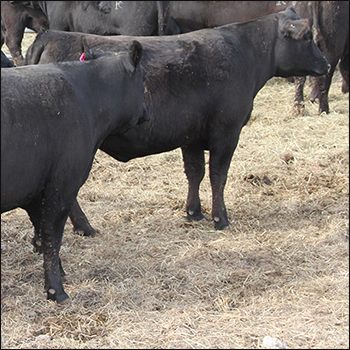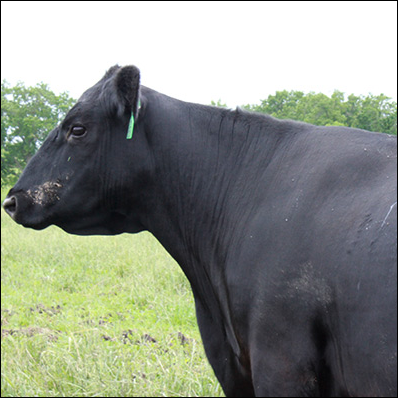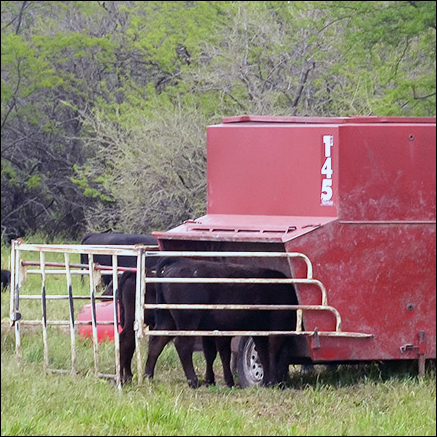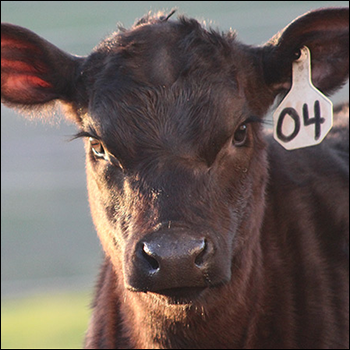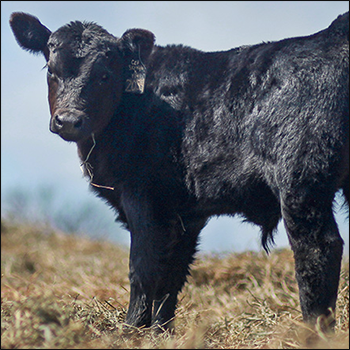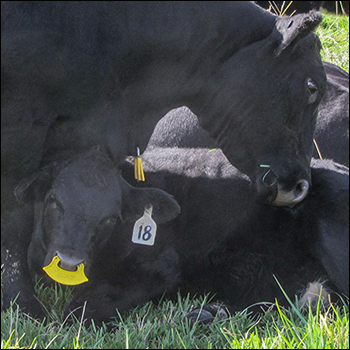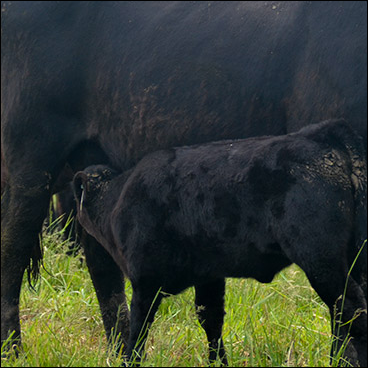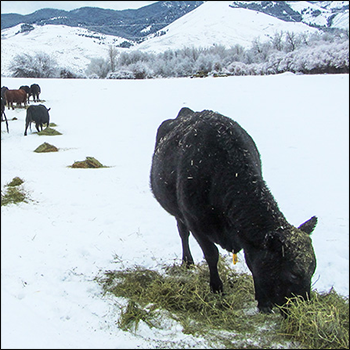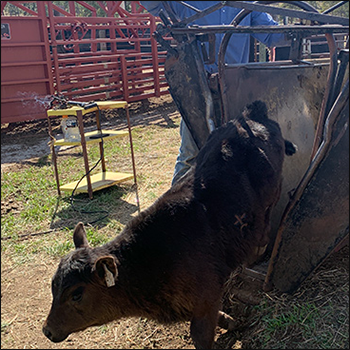In the Cattle Markets
Large cow slaughter continues.
Cow slaughter continues to run ahead of a year ago, led by beef cows. Even with larger slaughter, prices are ahead of last year. During the last three months, beef cow slaughter totaled 818,000 head, the most since the 837,000 during the same period in 2010. Total cow slaughter during the same period is the largest since 2013. At that time, the industry was reducing the number of beef cows due, mostly, to low prices, and then the drought in Texas and the Southwest hit.
Weekly beef and dairy cow slaughter is reported by region. Region 6 includes Texas, New Mexico and Oklahoma. Beef cow slaughter in Region 6 during the last three months totaled 204,000, the most since 2011. Slaughter in Region 9, which includes Arizona, California and Nevada, was the most since 2013. Region 10, the Pacific Northwest (Washington, Oregon and Idaho), had their largest beef cow culling in more than a decade. While drought is likely driving more culling, expanded cow packing capacity in the region may skew the data. Region 8 includes the rest of the mountain West and the Dakotas. Beef cow culling in those states totaled 73,600 head, the most since 2019.
On the dairy side of the ledger, cow culling totaled 667,000 during the last three months, the smallest since 2015. Excluding comparisons to 2020, dairy cow culling in the Midwest and California are the smallest since 2015. Culling figures in Texas, New Mexico and the Pacific Northwest are larger than prior years.
Cull cow prices usually increase from the beginning of the year until mid-year. Southern Plains 85%-90% lean cows have increased at a normal seasonal rate to about $65 per hundredweight (cwt.) at the end of June, about $8 higher than last year. National cutter cows hit $67 at the beginning of July, also about $8 above a year ago. The cow beef cutout and wholesale 90% lean boneless beef are also above a year ago.
Cow culling tends to increase seasonally from mid-year through fall and prices tend to decline. Drought development in the West and the course of milk prices will affect culling. Large early beef cow culling might affect later culling.
Editor’s note: David Anderson is a professor and extension economist for the Texas A&M AgriLife Extension Service.

